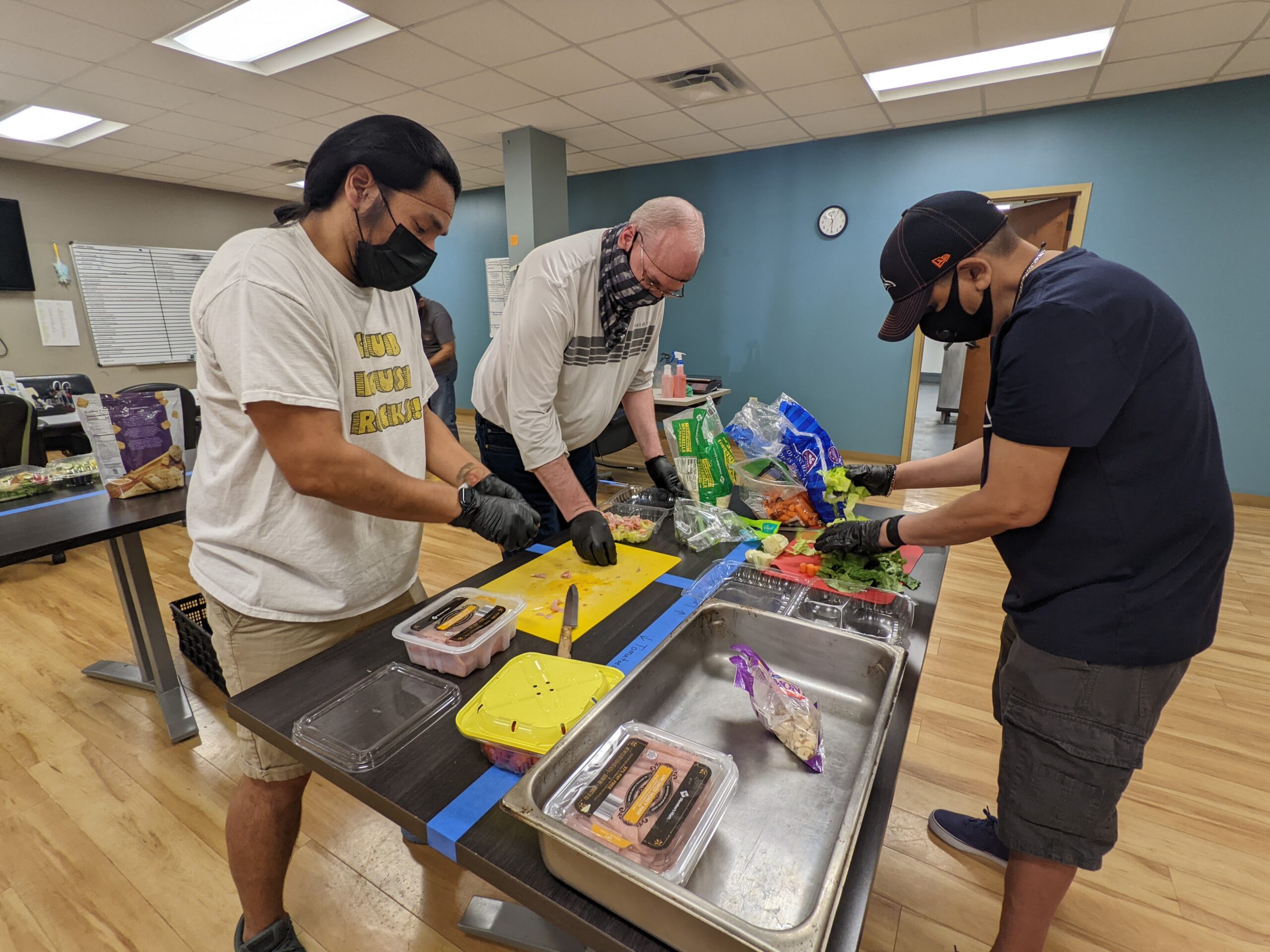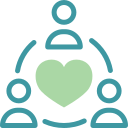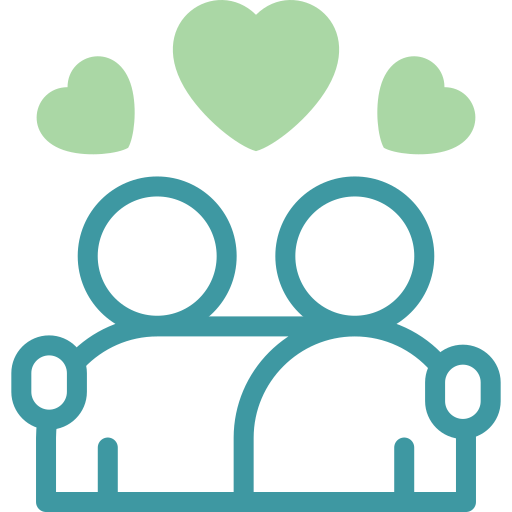Our Approaches
Our holistic approach to mental health recovery that emphasizes the importance of community, peer support, and individual growth. By combining the principles of Intentional Communities and Peer Support, we provide a unique framework for individuals to navigate their journey towards recovery.
Approach #1: Peer Support
Healing
Peer Support is a widely recognized, evidence-based approach to the process of recovery. People with lived experience walk alongside someone in a journey of healing. Research has shown the power of social and emotional support in building resiliency and improving wellness.
Peer Support provides acceptance, understanding, and validation that is needed for true recovery. Peers can help people to develop their own goals, create strategies for self-empowerment, and take concrete steps towards building fulfilling, self-determined lives, all from a strengths-based approach.
Training, certification and ongoing support for Peers and partner organizations, along with the tenets of social practice are at the very core of everything form communities provides.
Approach #2: Intentional Communities
Community
Intentional Communities are social environments designed to combat social isolation, especially for those living with mental illness who face barriers of stigma and discrimination. The intentionality of these communities offers safety and opportunities for mutual support among those engaged in the community.
We use intentional communities to support people in their journeys of mental health recovery. We focus on community as a platform for helping individuals learn new skills, hone their talents, build dignity, develop a sense of belonging, and make progress towards goals within and beyond the community.
Recovery looks different for everyone — it might be a process of again realizing agency over one’s life in a social environment, or one of many outcomes, such as a reduction in hospitalizations, regaining housing independence, or meaningful and gainful employment.

Our Intentional Communities blend the work of staff working as Community Facilitators with peers together to foster an environment specific to recovery.
This approach, popularized by the Clubhouse Recovery Model, has been shown empirically to address symptoms of mental illness not directly managed through medication alone, such as social isolation, social withdrawal, apathy, the absence of self-confidence and self-worth.
Elements of Intentional Communities
People living with a history of mental illness or living with a serious mental illness may often experience challenges such as trust issues, social injustices and marginalization, lack of self-worth, low motivation, stigmatization, social isolation and alienation. The three elements of Intentional Communities are practical ways to understand and address these common experiences:

Affinity Programming Spaces
Creating intentionally-designed and collaborative “member-only” spaces where mental health is not a priority of the environment, but a byproduct of participating in the space. The goal is to create an environment that “belongs” to the members of the community and is facilitated by a small specially-trained staff that works primarily as Community Facilitators. By creating an environment where members have ownership, we’re able to create a sense of community and purpose, which helps our members practice implementing new behaviors or attitudes, build confidence, and take risks towards their recoveries.

Mutual and professional aid
The affinity programming spaces include components of direct support services. These services are provided by both the members of the community and the staff, with a focus on creating ways for members to help each other. When there is a need for more specialized services, the community should make accessing those services as convenient as possible for members.

Socially-Focused Connections
Each intentional community also needs to have programming exclusively focused on social-connection to augment the other elements.
There is often a push, especially from new community members, to shift solely to socially-focused programming, but socially-focused programming needs to be just one element of the community.

